| Grab your copy of the Event & Festival Identities Issue Today! |  | | Whether the identity is designed for an exhibition, a festival or a concert, even if the event itself only lasts for a few days, the ID should be extremely powerful. It should appear on every possible platform and clearly state the theme and context of the event. It needs clearly to show all the necessary information — date, venue address, line-ups — through stunning visuals that could present the theme of the event. And the ID systems should work across various platforms, be they digital such as apps, web, TV or physical — such as posters and leaflets. The visuals must carry a “wow!” effect, to attract potential audiences and as many participants as possible. |
All the Fun of the Festival |  | | In this issue, we feature more than 40 designers who are all experts on design identity for festivals and events and they have been kind enough to share their thoughts and tips with you. |
Oslo, Norway | 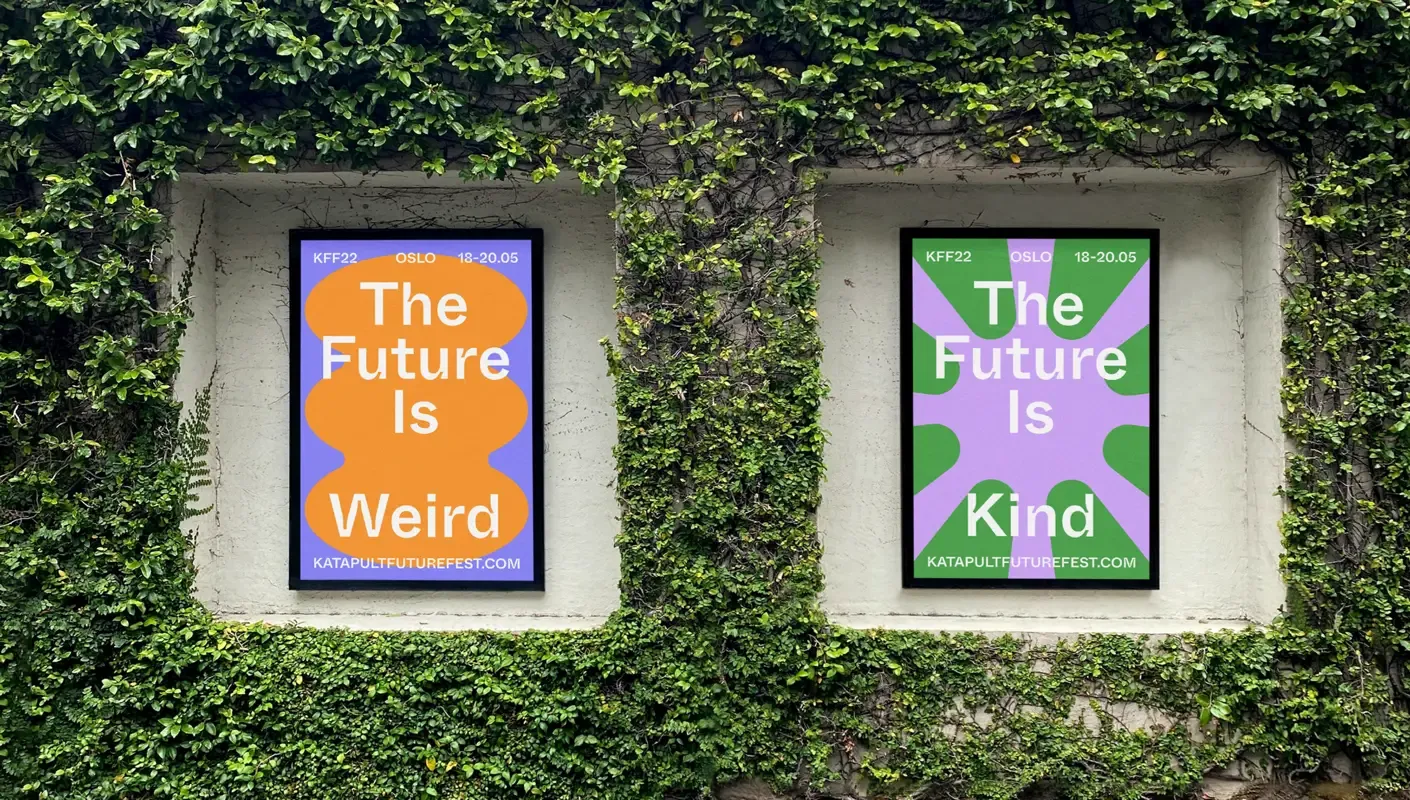 | | “To me the best part of working with festival identities is to come up with all the different elements, such as shapes, illustrations, colour palettes and typography. Then, to play around with compositions in different formats, and seeing it all come together nicely, this is when I have a lot of fun. And perhaps the moment I enjoy the most is once I have the printed T-shirt, the event wristbands, and the event poster all printed and laid out in front of me, ready to be used at the festival.” |
Paris, France | 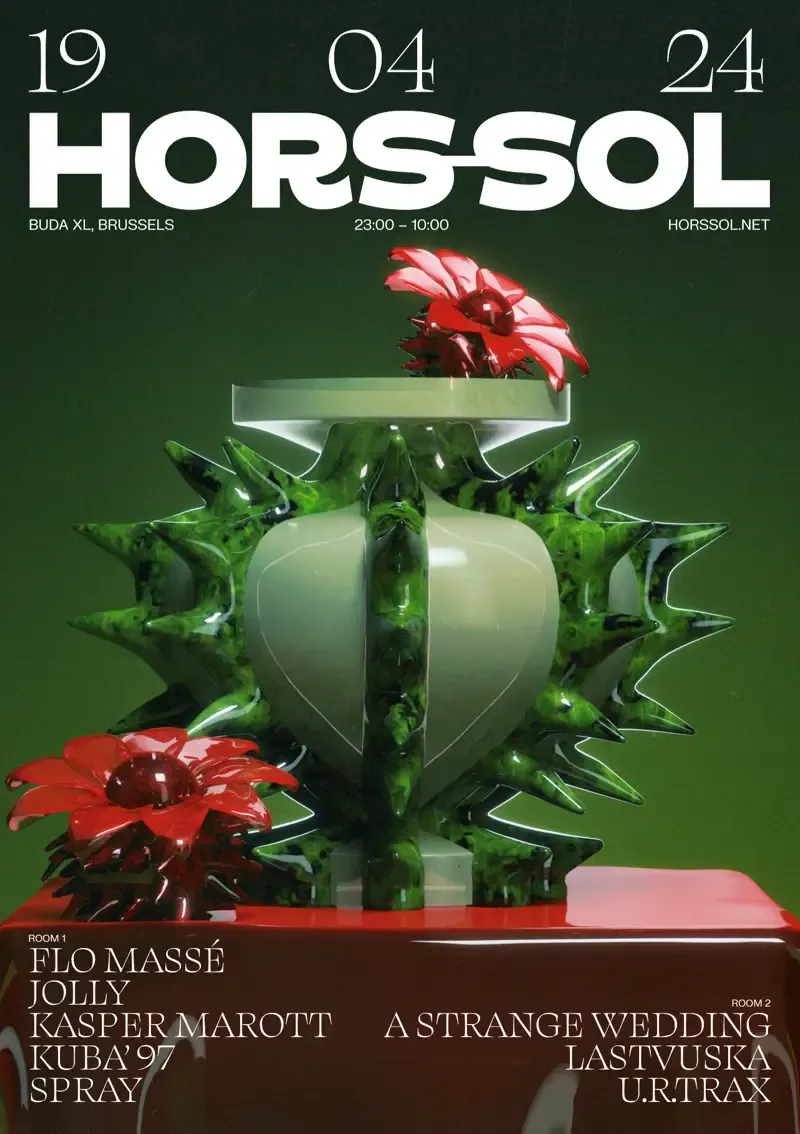 | | What do you enjoy most about designing event and festival identities? “Generally, I like the research and exploration phase where the limits are not yet set and the artistic direction can take a multitude of forms. Once the identity is created, I like to work on the coherence between all the visual communication media from print to web.” |
Los Angeles, USA |  | | “I enjoy the artistic expression and celebrative nature of festival identities. In many teams I’ve worked with, the festival identity usually gives me the largest room for experimentation. A lot of my whimsical image-making ideas, such as using generative code or unexpected tools to make typefaces, came into real-world projects first in such project contexts. And there are usually big audiences behind those outcomes, as a celebration, and I really enjoy seeing my design assets being widely spread out physically or on social media, gaining great impact because of that.” |
Seoul, Korea | 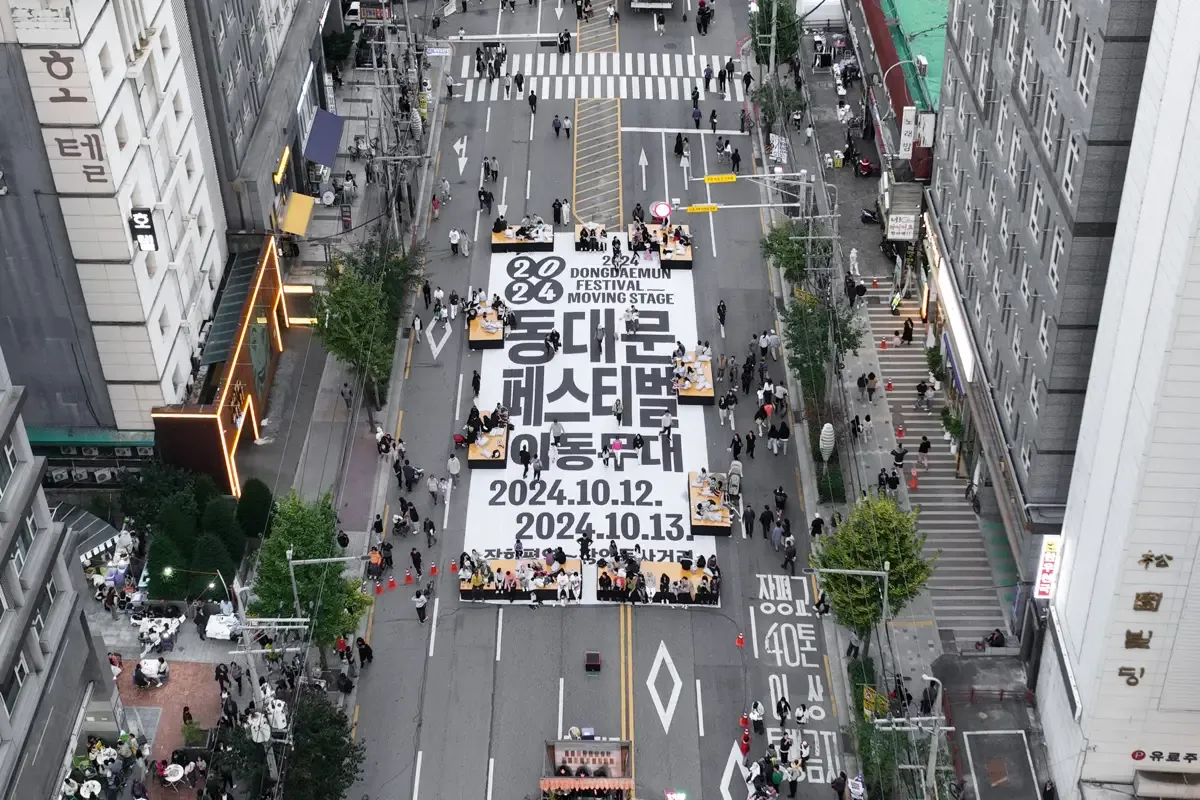 | | How is event and festival identity design different from other projects? “Because festival identities are projects that need to be highly contemporary, they have to be both familiar and unfamiliar, with the most trendy and popular values. Therefore, designing festival identities requires designers to be able to read contemporary trends.” |
Lima, Peru |  | | “Festival identities allow us to push boundaries further than typical brand projects. There’s a lot more room to explore different mediums, materials, and creative directions. It’s also incredibly rewarding to see people embrace the design, whether it’s through posters, social media, or even physical spaces. Festivals bring an energy that feels different from everyday work — it’s vibrant, alive, and immediate. The feeling that we are helping to shape someone’s unforgettable experience is why we love it. There’s an emotional impact when people connect to the design, and that’s something truly special.” |
Moscow, Russian Federation |  | | What do you enjoy most about designing event and festival identities? “What I like most is the creative freedom. Music is a vast and very creative field for design experiments. Here you can make both laconic, strict design and bright, rebellious design.” |
Seoul, Korea |  | | How is event and festival identity design different from other projects? “Designers have more freedom of expression. It is true that all projects are client-based, but a large portion of brand identity is created based on brand study. I think event and festival identity design has more autonomy in expression.” |
Chicago, USA | 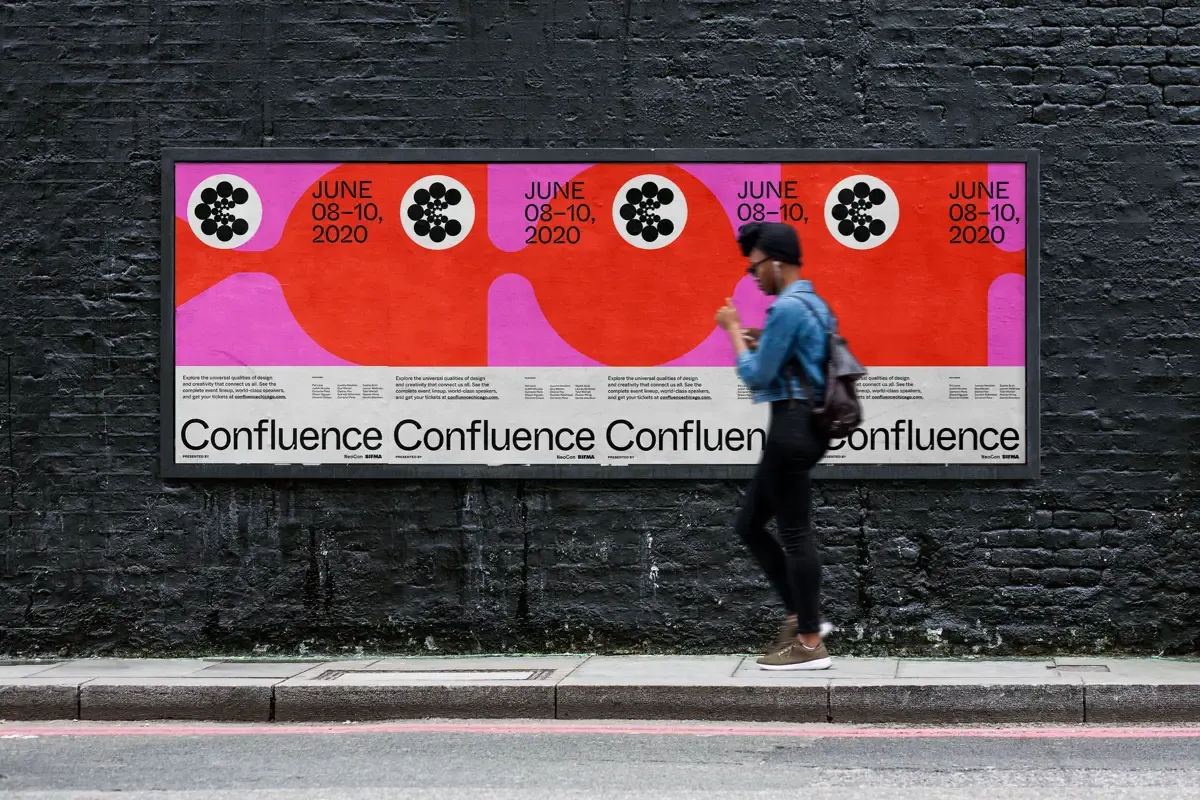 | | “Crafting design systems for events in the cultural space allows the studio to stretch our wings and experiment in ways other more traditional corporate-branding and communication projects often do not. The audiences are different. The communication goals are often less nuanced. The functional needs — aside from wayfinding — are often simpler. We can push ourselves, play, experiment, and take risks without hesitation. Graphic impact and immediacy reign supreme, which allows our work in this space to be a bit bolder and immediate. In turn, the experimentation of this work informs and enriches more commercial efforts for other clients.” |
What do you enjoy most about designing event and festival identities? “The best moment for us is stepping out of the studio and away from the screen, participating in the event, and truly encountering the people and atmosphere first-hand.” | 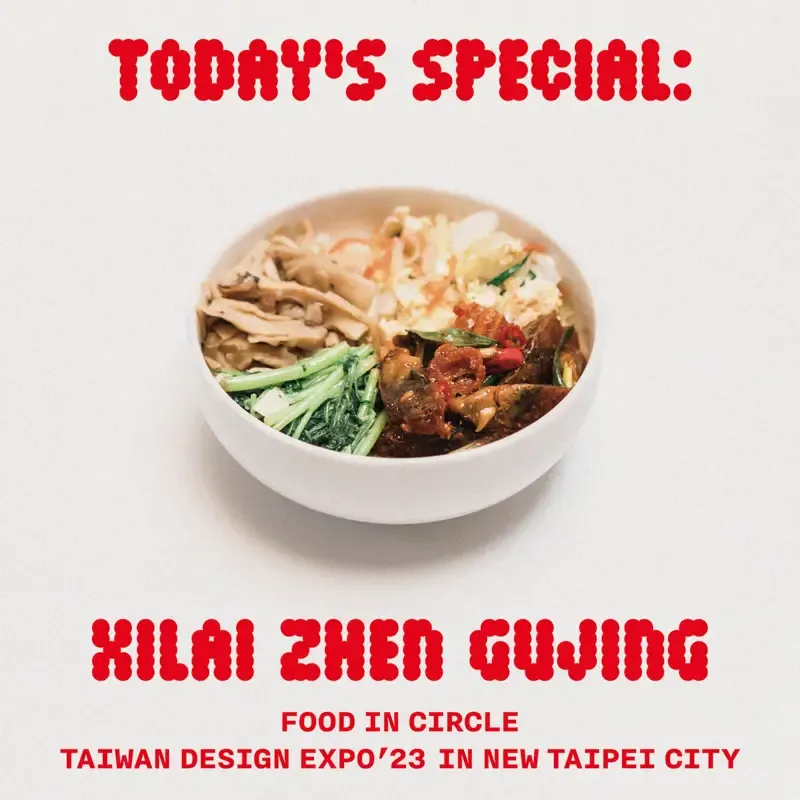 | | What do you enjoy most about designing event and festival identities? “The best moment for us is stepping out of the studio and away from the screen, participating in the event, and truly encountering the people and atmosphere first-hand.” |
London, United Kingdom |  | | “It’s amazing knowing that people will associate a positive event with something you’ve created! When I get the chance to design something that’s eccentric, colourful and impactful, it’s impossible to resist jumping on board. I personally love everything that’s bold, colourful, and energetic — and these are key elements in most festival visual identities.” |
Caracas, Venezuela |  | | How is event and festival identity design different from other projects? “The challenge is taking into account the toll it will have on the overall experience. Besides doing something appealing to the eye, you must think through how it will impact the people at the event and how the graphic resources displayed all over can make their experience feel way more memorable.” |
London, UK | 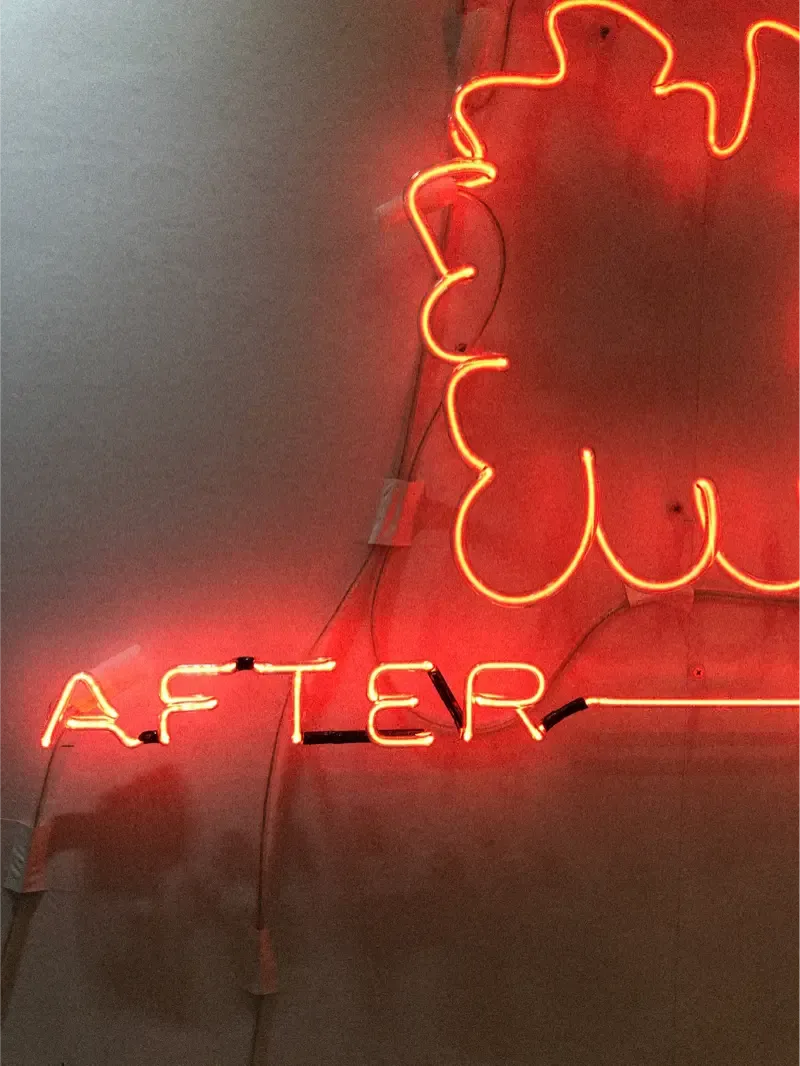 | | What do you enjoy most about designing event and festival identities? “I enjoy the concept/ideation phase of a festival identity project. I think the nature of a festival identity has the potential to maximise the level of being experimental, and be as conceptual as possible.” |
Málaga, Spain |  | | What do you enjoy most about designing event and festival identities? “The chance to experiment with visual elements and current trends. The temporary nature of these projects allows us to create memorable and clear identities while adapting to different spaces and media depending on the event. This flexibility provides plenty of creative opportunities, as each festival has its own context and needs. The challenge of capturing the event’s essence and turning it into a dynamic design makes the process both exciting and rewarding.” |
New York, USA / Shanghai, China |  | | How is event and festival identity design different from other projects? “Since the design for an event lives only in a period of time, the visual language can be more expressive. The main goal is to catch an audience’s attention and interest. Colours and type can be much more playful.” |
Italy |  | | World Design Rankings (WDR) ranks all the countries based on the number of designers that have been granted with the A’Design Award. WDR is to Design what Olymics is to Sports. The idea behind this friendly competition is to inspire innovations and outstanding designs. A’Design Award and Competition is one the world’s largest and most influential design award; extremely prestigious with amazing jury, press recognition and high calibre laureates. Enter into the 2025 awards and compete for global fame, recognition and publicity! |
4 issues yearly |  | | Yearly subscription of IdN Magazine consists of 4 regular issues. Have the latest issue delivered at doorstep by subscribing today! |
| |
|